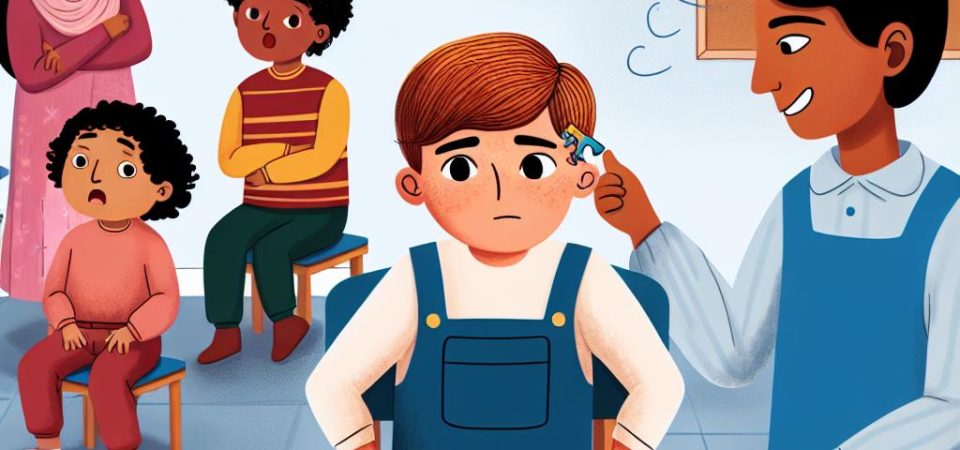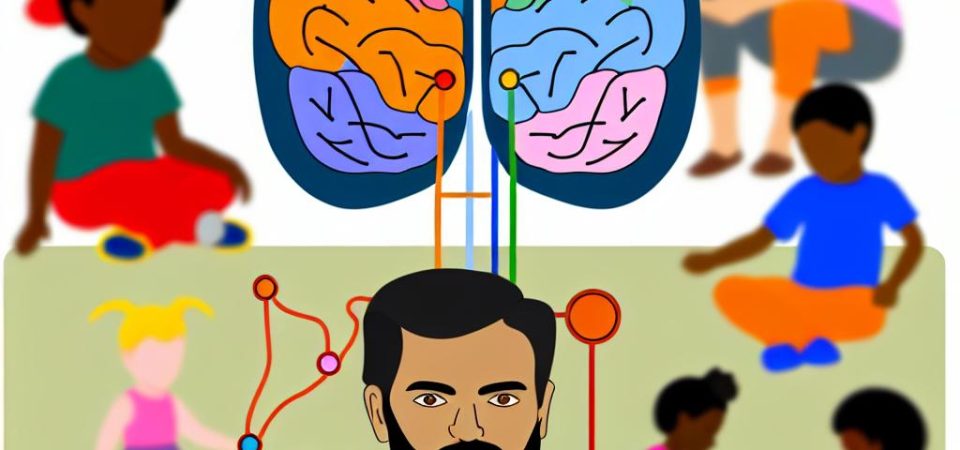The Role of Early Intervention in Autism Spectrum Disorder
Autism Spectrum Disorder (ASD) is a complex and varied developmental condition that influences individuals uniquely, affecting areas such as communication, behavior, and social interaction. Recognizing and implementing early intervention approaches have been increasingly acknowledged as paramount in enhancing outcomes for children diagnosed with ASD. This expanded discussion aims to illuminate the significance of early intervention to equip parents, educators, and health professionals with the understanding necessary to provide optimal support.
Why Early Intervention Matters
Research consistently underscores the importance of early intervention in the lives of children with ASD. The potential for enhanced long-term outcomes is significantly increased when intervention commences early. This is largely due to the capacity for neural development during the foundational years of life, when the brain’s plasticity allows for considerable adaptation. Numerous studies align in highlighting how early and targeted interventions can lead to palpable improvements in communication abilities, social interactions, and the overall adaptability of children dealing with ASD challenges.
During these formative years, the child’s brain is exceptionally receptive to change and growth. Interventions that are suited to the needs of the child during this period can capitalize on the brain’s inherent ability to restructure and form new connections. This biological adaptability is a critical reason behind the push for early intervention as a strategy in ASD care and management.
Types of Early Interventions
When considering approaches to early intervention in children with ASD, several methodologies can be employed. Behavioral therapies, notably Applied Behavior Analysis (ABA), stand out for their emphasis on enhancing the principles of learning and motivation. Developmental approaches, such as the Early Start Denver Model (ESDM), blend behavioral strategies with relationship-based techniques to support a child’s growth. Both modalities are geared towards boosting the developmental progression of a child and have proven effective when introduced at an early stage.
Therapies and Support Programs
Therapies designed for addressing ASD typically operate across various areas, concentrating on improving communication and social skills. Speech and language therapy plays a pivotal role in aiding children to better both their verbal and non-verbal communication capabilities. Furthermore, occupational therapy is utilized to help with sensory integration and the honing of practical skills necessary for daily activities. An integral part of the support system often advocated by professionals includes individualized education programs (IEPs). These programs are custom-crafted to meet the distinct needs of each child, ensuring a personalized approach to their learning and development.
An essential aspect of these interventions is the focus on the whole child rather than isolated skills or behaviors. By nurturing a broad spectrum of skills and abilities, therapists and practitioners can encourage more comprehensive growth and development, which facilitates better integration into educational and social environments.
Engagement with Experts and Caregivers
A key determinant in the effectiveness of early intervention for autism is the collaborative approach involving experts from diverse fields. The concerted efforts of therapists, educators, and caregivers ensure that interventions not only remain consistent but are also attuned to the child’s changing requirements. Such a multidimensional approach ensures that a multitude of perspectives and expertise guide the intervention processes.
Communication among various professionals and caregivers is vital to the success of intervention plans. This collaboration fosters a shared understanding of the child’s objectives, progress monitoring, and the implementation of strategies that are coherent and reinforced across different environments, such as home, school, and therapy settings. For an insightful understanding of forming dedicated teams for intervention, resources from specialized autism organizations offer valuable guidance.
Challenges and Considerations
Notwithstanding the evident advantages of early intervention, several challenges and considerations arise in its practical application. Early identification of ASD is often complex, requiring advanced awareness and knowledge, given the variability in symptom presentation among children. Achieving an early diagnosis remains crucial as it is the cornerstone for initiating timely and appropriate interventions.
Beyond diagnosis, logistical challenges persist in the accessibility of resources and trained professionals required to deliver effective early intervention. Financial considerations also play a significant role, as they can affect both the availability and consistency of intervention services. These factors highlight the disparities that may exist in the provision of care for children with ASD, depending largely on geographical location and socioeconomic status.
In conclusion, the potential of early intervention to positively influence the developmental trajectories of children with autism is substantial. It is through understanding its profound importance and implementing strategies effectively that families and professionals can offer necessary support, better facilitating the integration and inclusion of individuals with ASD into society. For more detailed insights on effective intervention practices, resources such as the CDC’s Autism Information Center are commendable for obtaining reliable and comprehensive information.



